UPDATE 31st Aug: INNOVIA ART is now being marketed as a full-size metro! See our article: INNOVIA ART is now INNOVIA METRO
Bombardier INNOVIA ART (Advanced Rapid Transit) is the name for the technology developed by the Canadian Bombardier Transportation; the technology/implementation is used by the familiar Expo and Millennium SkyTrain lines.
INNOVIA ART rapid transit technology was designed from inception as a fully automated and driverless system.
Innovia ART combines other technologies such as Linear Induction Motor (LIM) and third-rail power technology, allowing for the operation of an extremely efficient and flexible rapid transit system that is more flexible in alignment choices, can be constructed for lower capital costs (a result of LIM technology which can allow for lower, lighter-weight trains – and third-rail technology in combination with LIM technology, allows for more compact and cheaper tunneled sections), and above all (largely thanks to the train automation but also thanks to the LIM technology) cost very little to operate and maintain. It is advertised as a medium-capacity system but is extremely flexible in that it can perform at a high-capacity level.
Innovia ART is a system that competes with several other automated rapid transit systems from other different companies. In particular, we at the Coalition for SkyTrain in Surrey recommend additional Bombardier ART over other companies’ offers for rapid transit systems/rolling stock not because of any biased preference or sponsorship for Bombardier, but because of the reasonable realization that it would be most efficient to expand a system that has already been established in an area, which can allow for expansions to be done at lower cost because existing resources can be shared.

The Canada Line is an exception in it does not use ART but this had to do with specific conditions in the specific Request-for-Proposals that put Bombardier on a level playing field (i.e. no opportunity for resource sharing as a new operations/maintenance centre would be required regardless of the implementation technology); the options offered by Hyundai Rotem for rolling stock on conventional rail with third-rail power provided for different efficiencies (such as wider trains and shorter station platforms) that suited the implementation better.
Things to Consider:
Flexibility: Capacity
- Without any station modifications, the Vancouver SkyTrain could theoretically handle a maximum capacity of more than 44,000 persons per hour per direction (pphpd, or a standard unit of transit system capacity measurement) provided the use of 5-segment articulated ART 300 series trains; this is higher than the theoretical maximum capacity of the Toronto Subway (approx. 37,000 pphpd with 1100 passenger “Rocket” subway trains every 105 seconds as permitted by the partially automated system).
- Iterations of ART systems around the world
- Iterations of ART with longer platforms and vehicles could provide capacities that compete or exceed that of other modern subway systems at lower capital cost and lower maintenance or operating costs as a result of the efficiencies of the combined technologies.
Flexibility: Service Level
- Innovia ART is marketed as a fully automated and driverless system. This has several benefits – and one of the biggest benefits has to do with service level opportunities.
- Automatic train control technology enables the safe operation of frequent, more closely-spaced trains as communication between all trains is controlled by computers that can easily make minute adjustments across the entire system (often without any passengers noticing) that human drivers, who are limited to sight line and radio for communication simply cannot do efficiently. Innovia ART systems can operate as frequently as every 75 seconds while still providing service that is largely, if not always, on time.
- More smaller trains running more frequently (that could provide the same capacity as having less larger trains running less frequently) can be run without an increase in operating costs because trains are not driver-manned. This can improve a passenger’s perception of the service because trains, while smaller, arrive more frequently.
Flexibility: Alignment and Construction
- ART’s combination of technologies allow for an optimization of construction costs and alignment options. The use of Linear Induction Motor allows for much of this flexibility.
- The elevated guideways that support ART trains can cost less to implement because ART uses very light-weight vehicles. This is a result of the Linear Induction Motor, which spreads out the rotor onto the track as a “fourth rail” which can allow not only for lighter vehicle weight, but lower vehicle height over the track.
- That also allows tunnels to have a lower height and be more compact, reducing the capital costs when ART systems are brought underground. Although overhead electrified wires could theoretically be used with ART systems, which may allow for a small degree of extra alignment flexibility, that would present limitations on the underground side of things and may end up increasing overall capital costs as a result of capital cost increases associated with dotting the overhead guideways with poles and increasing tunnel heights.

